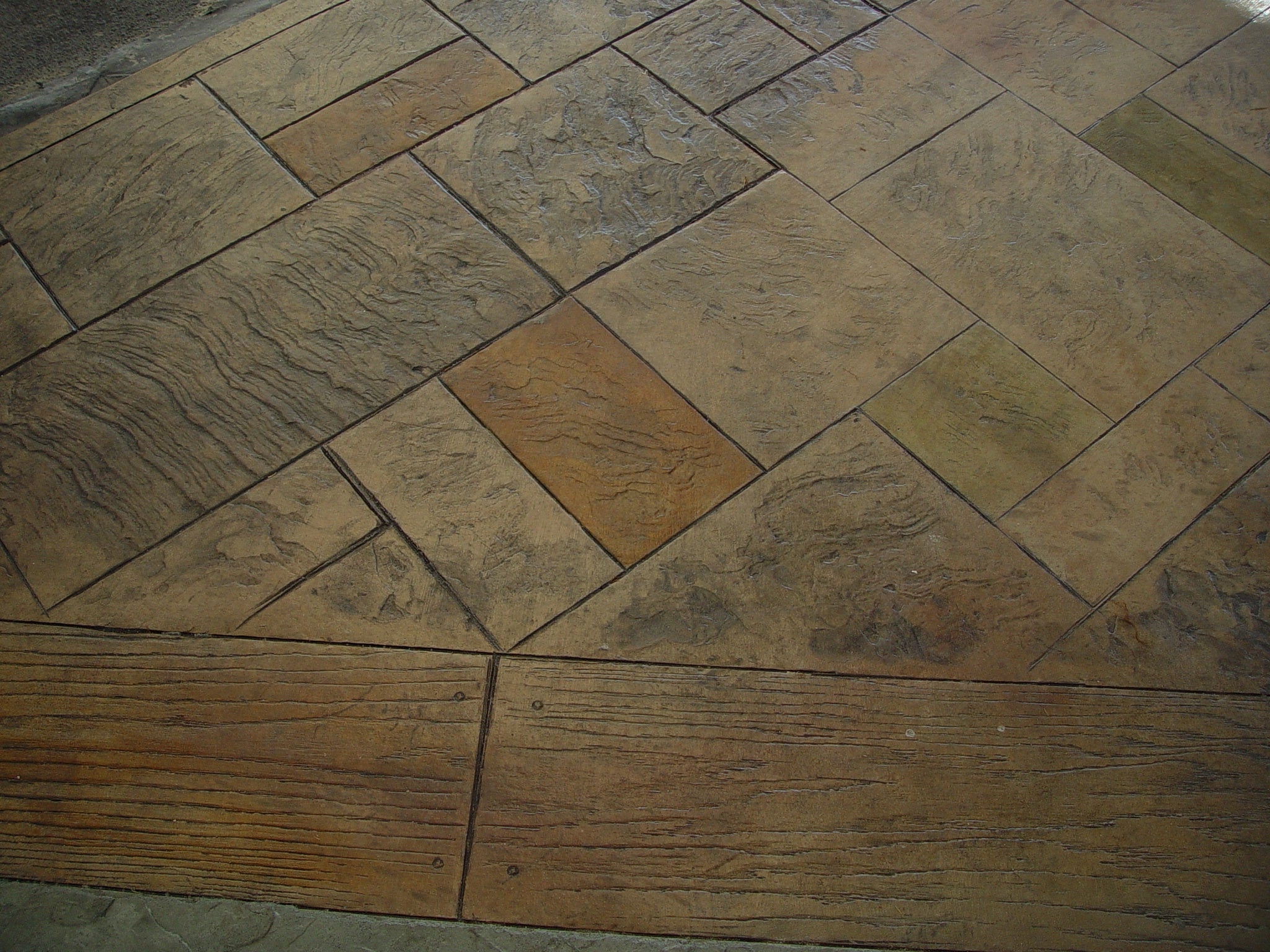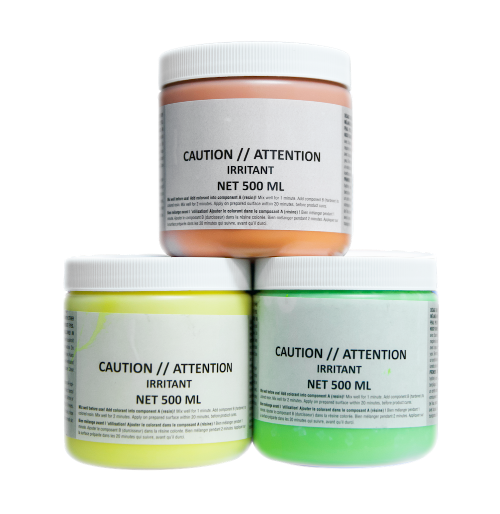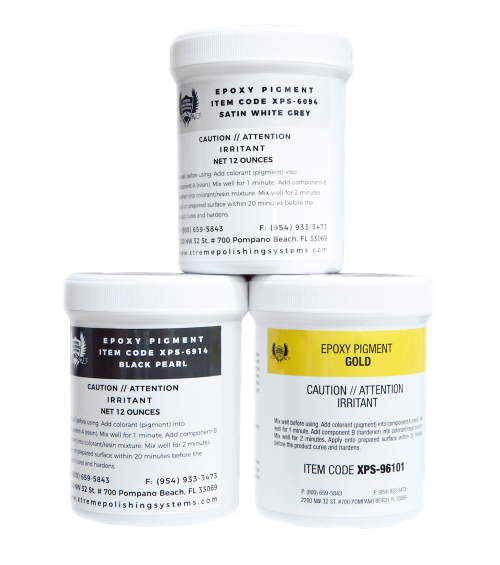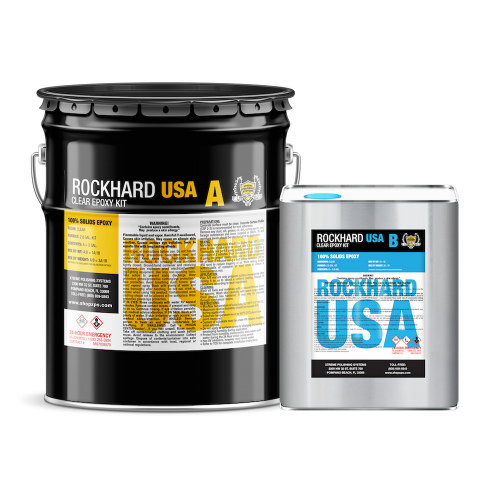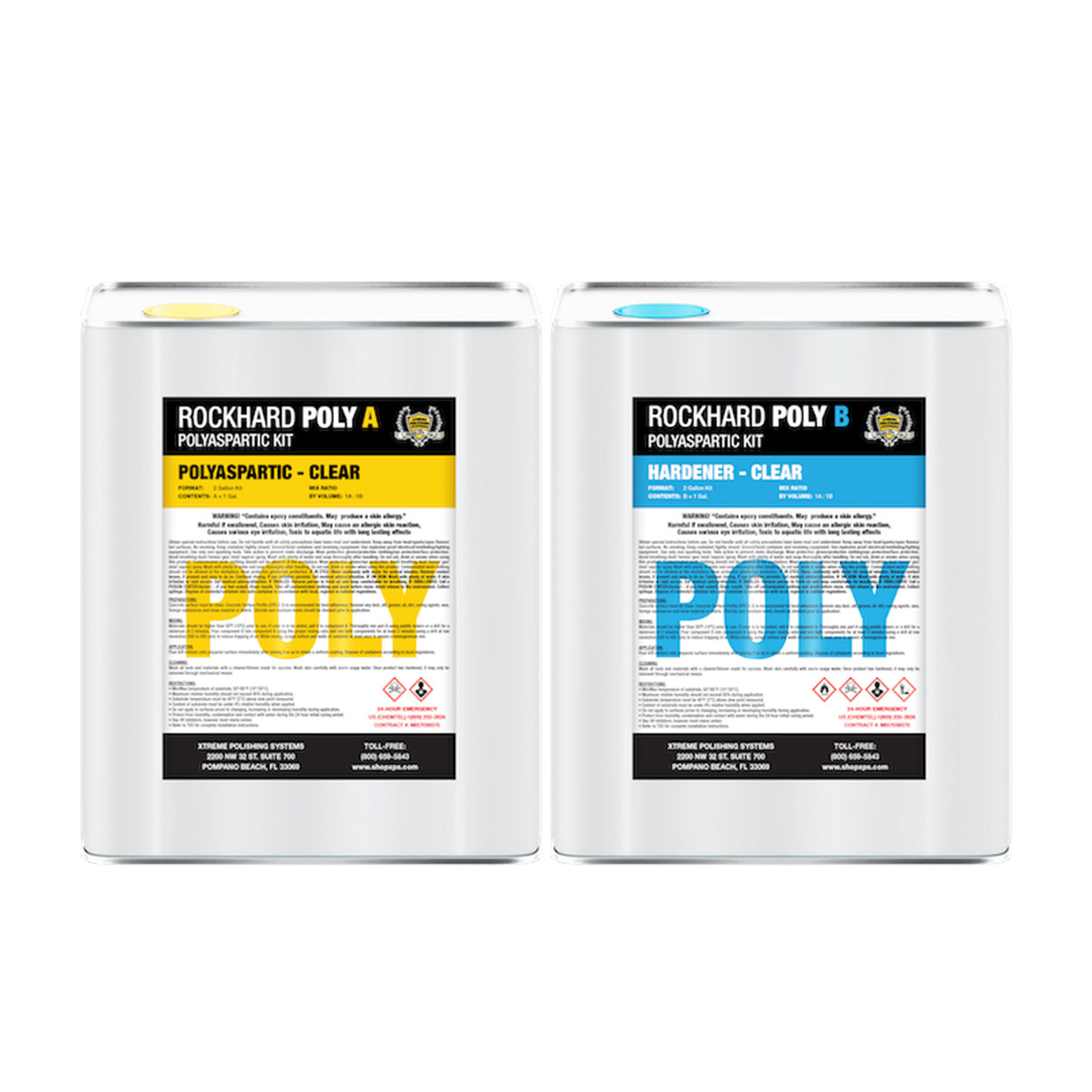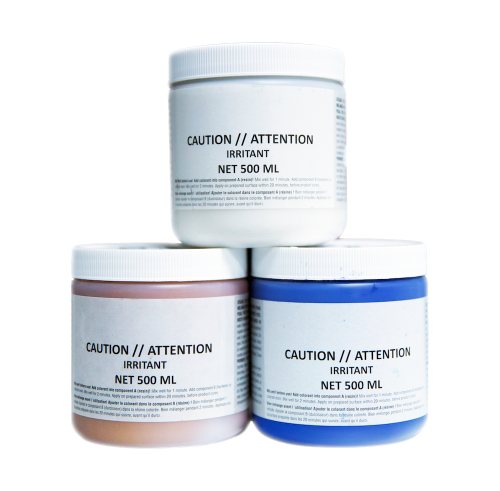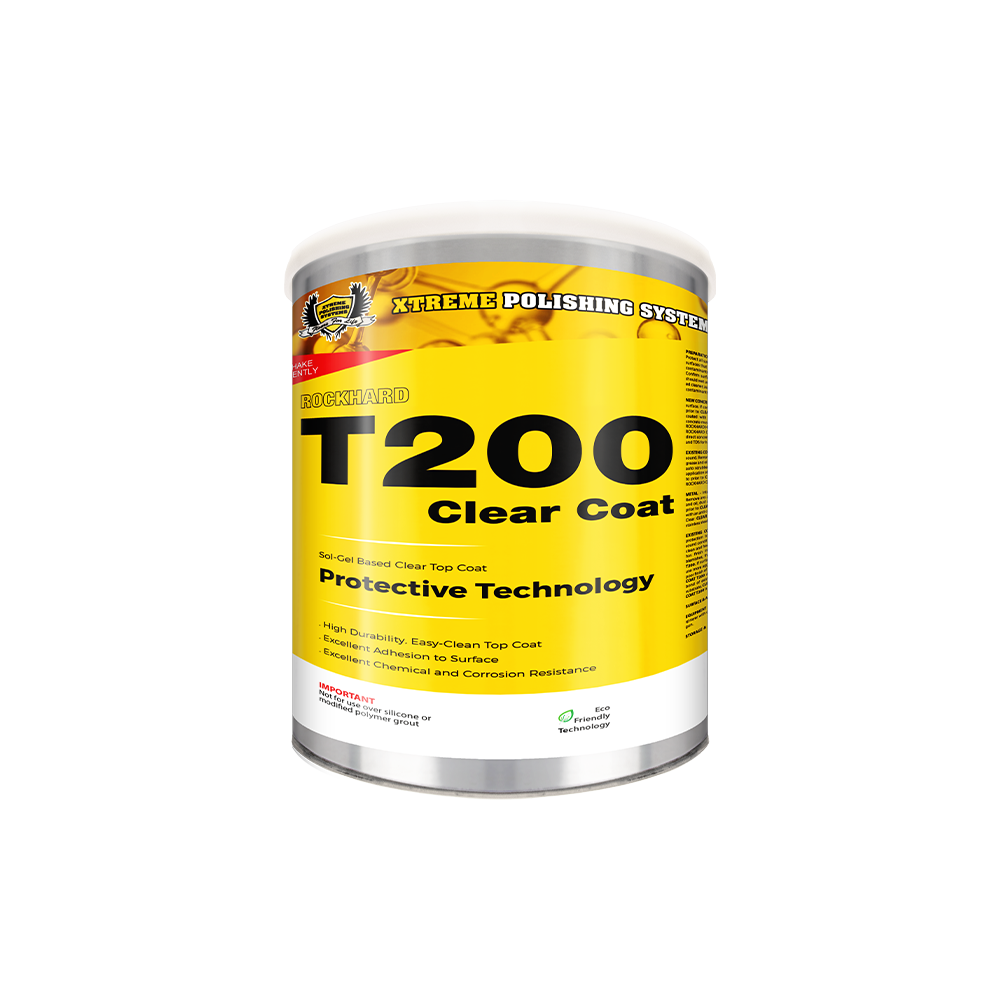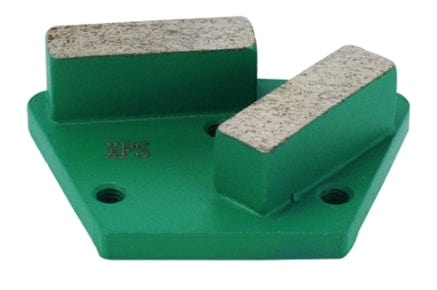Build a trustworthy floor.
Concrete expansion joints are a crucial element in the resilience of your concrete flooring installations. Without these intentional gaps, there's nothing to counter thermal expansion and contraction, which will ruin concrete over time!
However, relying only on concrete expansion joints might leave your floors vulnerable to other threats. That's why you need multiple strategies under your belt. That's where epoxy resin comes to the rescue.
Let's dive into concrete expansion joints together and discover what concrete joint filler is the best for your job!
The Significance of Concrete Expansion Joints
Concrete expansion joints serve as the buffering zones between concrete slabs, designed specifically to face the challenges of thermal shifts. These joints are indispensable to maintaining the structural integrity of your concrete. Without expansion joints, your concrete is prone to damage due to:
- Expansion, causing foundational instability or cracking
- Contraction, which can cause uneven concrete or instability
- Or otherwise shifting in its place and ruining the solid surface you invested in!
But, the story doesn't end here. The expansion joints, while crucial, can also introduce vulnerabilities like water damage and debris buildup. That's why many contractors rely on epoxy or polyurea to fill in expansion joints.
Epoxy Resin & Polyurea: Game-Changers for Expansion Joints
Epoxy, renowned for its versatility in flooring solutions, offers more than meets the eye. It's not just about stunning floors – epoxy is also a lifeline for filling concrete expansion joints. The same is true for polyurea!
The act of filling these joints is pivotal for preserving the longevity of concrete projects. Epoxy resin & polyurea emerge as the perfect candidates for this task. Its exceptional durability, seamless bonding, and water-resistant properties make it an ideal choice for fortifying cracks in concrete.
Application is a breeze – a simple squeegee, pour, or trowel action does the trick. If you want the perfect expansion joint every time, invest in a joint saw! The resultant epoxy bond is robust, and it shields against water infiltration and wear with remarkable cost-effectiveness.

Mastering Epoxy Filling: Prep and Execution
Preparation is the cornerstone of successful epoxy filling. Cleaning the joint surface and eliminating dirt, debris, and moisture is non-negotiable. Use a vacuum or compressed air for thorough cleaning.
Be thorough and careful during any concrete installation, check for potential faults and build the perfect foundation the first time through. You'll be rewarded with a beautiful floor if you get it right!
Remember that exposed aggregate surfaces generally need to be prepared for enhanced epoxy adherence! The industry standard is mechanical surface preparation; not acid etching. With these steps, your epoxy-filled joints will be structurally sound and visually pleasing.
Epoxy vs Polyurea Fillers for Concrete Expansion Joints
When it comes to concrete expansion joint fillers, traditional epoxy is a go-to option. However, technological advancements have introduced specialized joint fillers like polyurea as noteworthy alternatives.
Polyurea's unique chemistries maintain low viscosity and create strong bonds to concrete. This dynamic combination means you get a robust seal against debris and moisture, with faster curing time. Polyurea is a great option if you're working in more extreme temperatures, or if you are working on a tight budget or deadline!
The main point of comparison between the two, though, is in elongation. This determine's how much flex your joint filler will give you, allowing the concrete to breathe. In this area, epoxy resin actually has a slight advantage! But if polyurea is the more practical options on the job, don't worry, it still gives enough flex to get the job done.
Recommended Joint Filler Products from Xtreme Polishing Systems (XPS)
From joint saws, to joint fillers, and joint repairs, Xtreme Polishing System's online store promises to deliver! Here's just a few of our favorite concrete joint products we offer:
- Expansion Joint Filler for Concrete - XPS Joint Flex
- Polyurea Joint Filler
- Perfect Trac Concrete Joint Saw
- Mark-III Joint Crack Saws SX13700
- Ardex ARDIFIX Crack and Joint Repair
- Thixofix Epoxy Adhesive
Everything we sell is backed by thousands of collective hours of on-the-job use by professional contractors. We trust in the products we sell, and our prices make sure that you'll get a chance to trust them, too!
Conclusion
If you want strong concrete in the long term, you'll need concrete expansion joints. They'll protect your floors against expansion and contraction, and any other effects of thermal shifting. But every expansion joint needs filler! Don't let your concrete foundation be threatened by moisture or dirt falling through the cracks. If safeguarding concrete projects is your goal, epoxy or polyurea fillers deserve a prime spot on your checklist, right next to your epoxy topcoat!
Do you need help on a concrete-based flooring project? For any support or resources, the Xtreme Polishing Systems (XPS) online store is your homebase for any DIY or professional flooring contractor needs!


